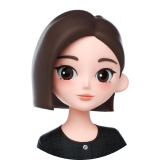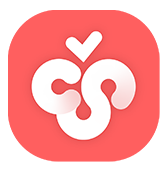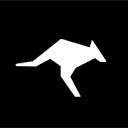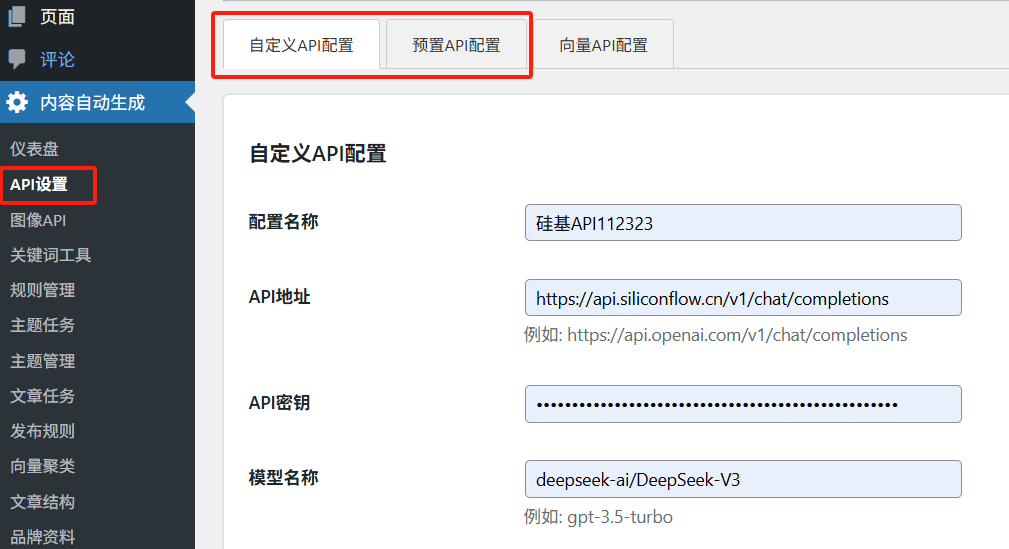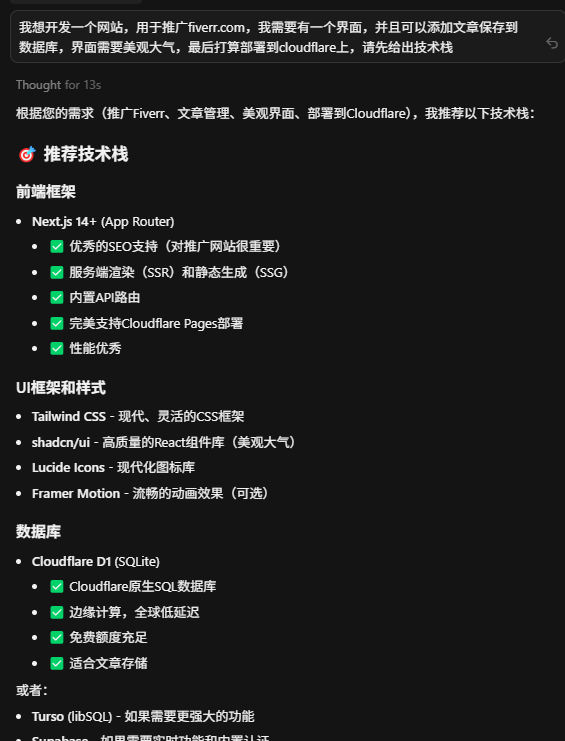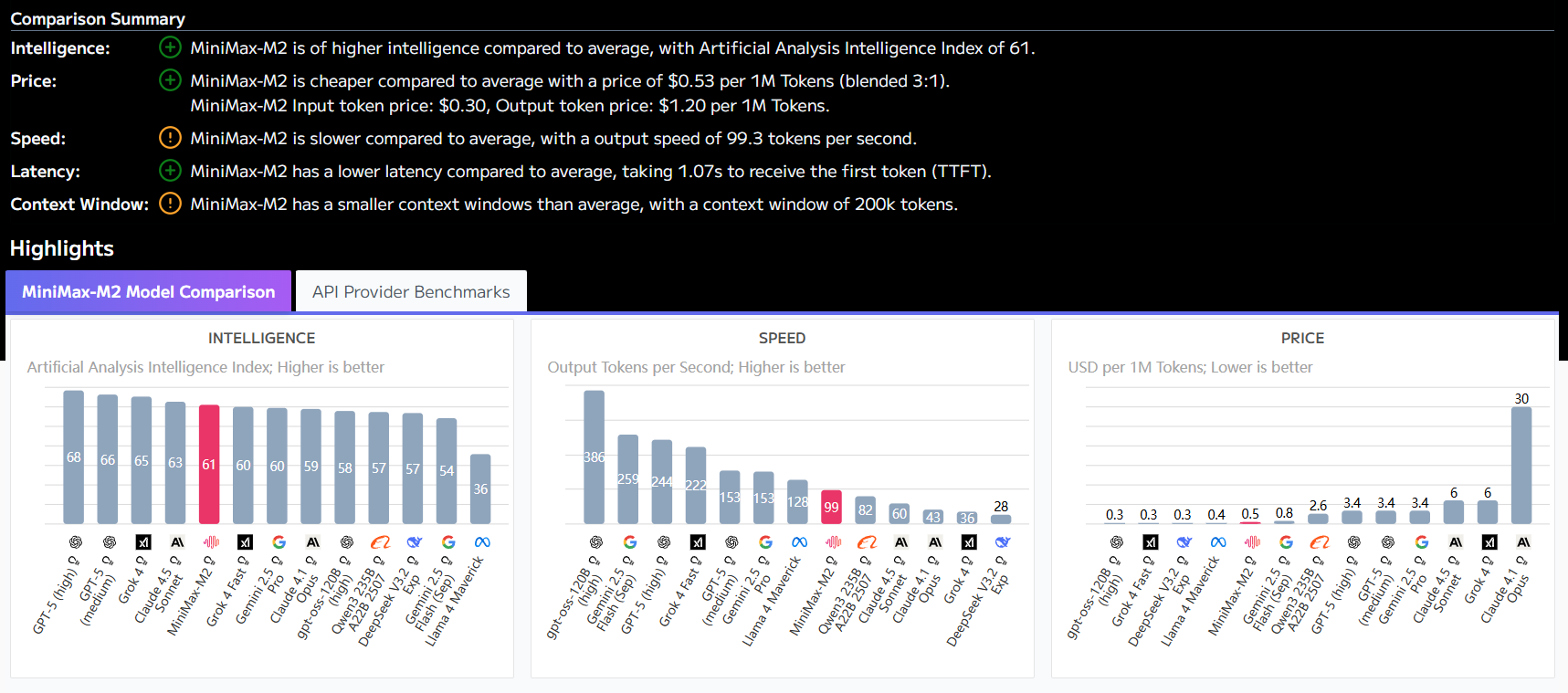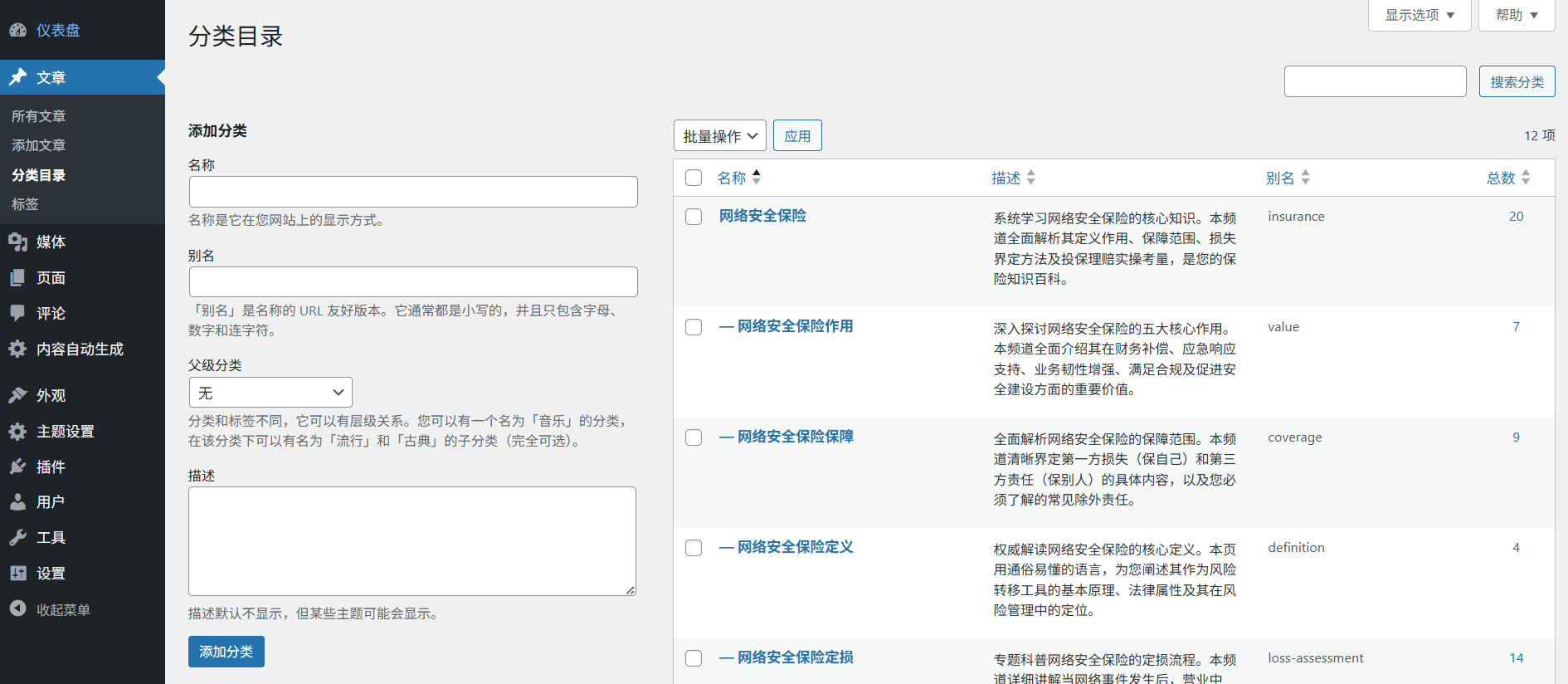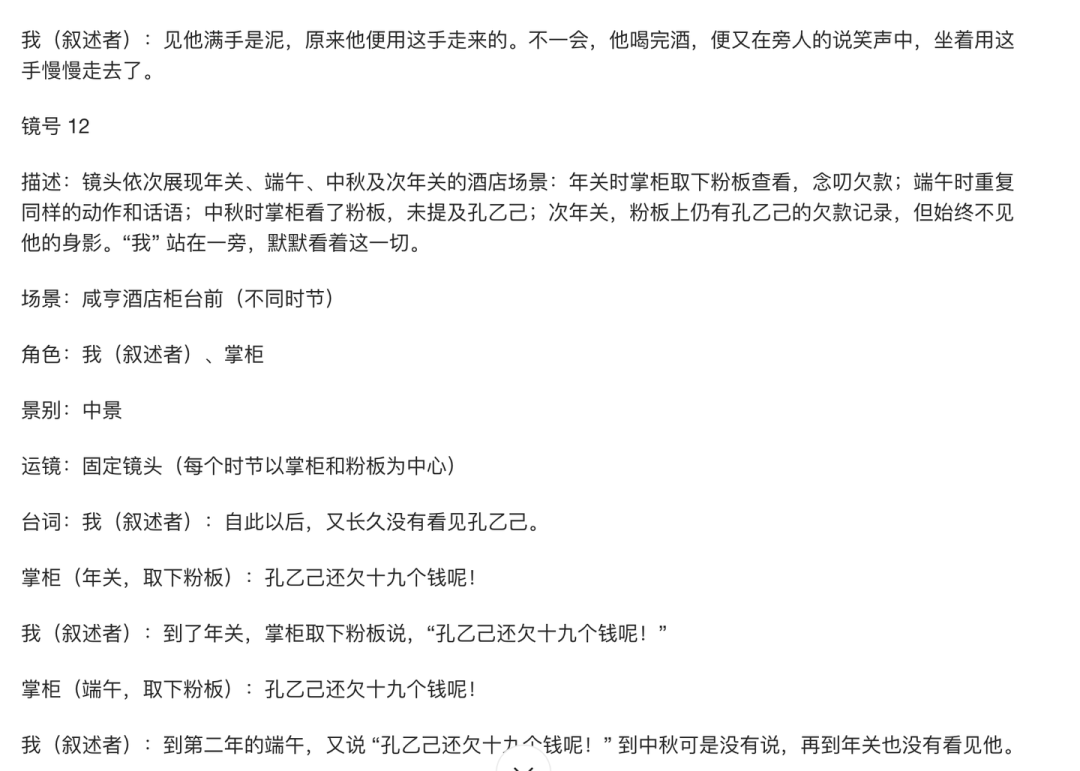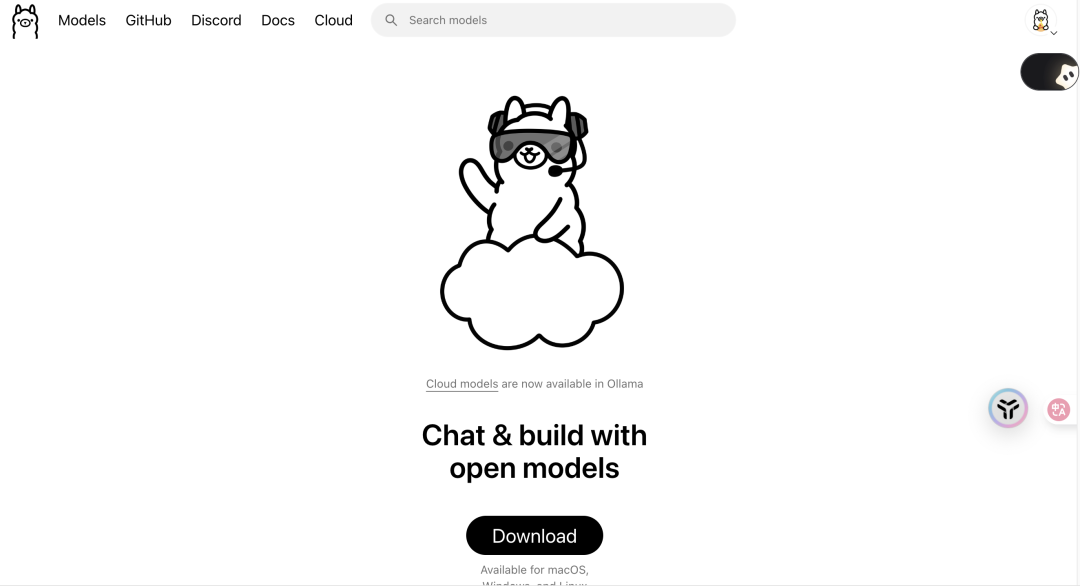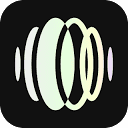Kaedim3D is an online AI platform whose main function is to quickly convert 2D images into 3D models. The tool can take concept art, sketches, or regular photos as input and generate 3D models that are ready for production use.Kaedim3D was originally designed to drastically reduce the working time of 3D artists and game developers, allowing them to focus more on creativity and less on the technical details of modeling. In addition to automatic AI processing, the platform also has an in-house art team to optimize and check the AI-generated models to ensure that the quality of the output meets industry standards. Kaedim3D works directly with some mainstream 3D software (e.g., Blender, Unity, Unreal Engine), making it easy for users to integrate it into their existing workflow.
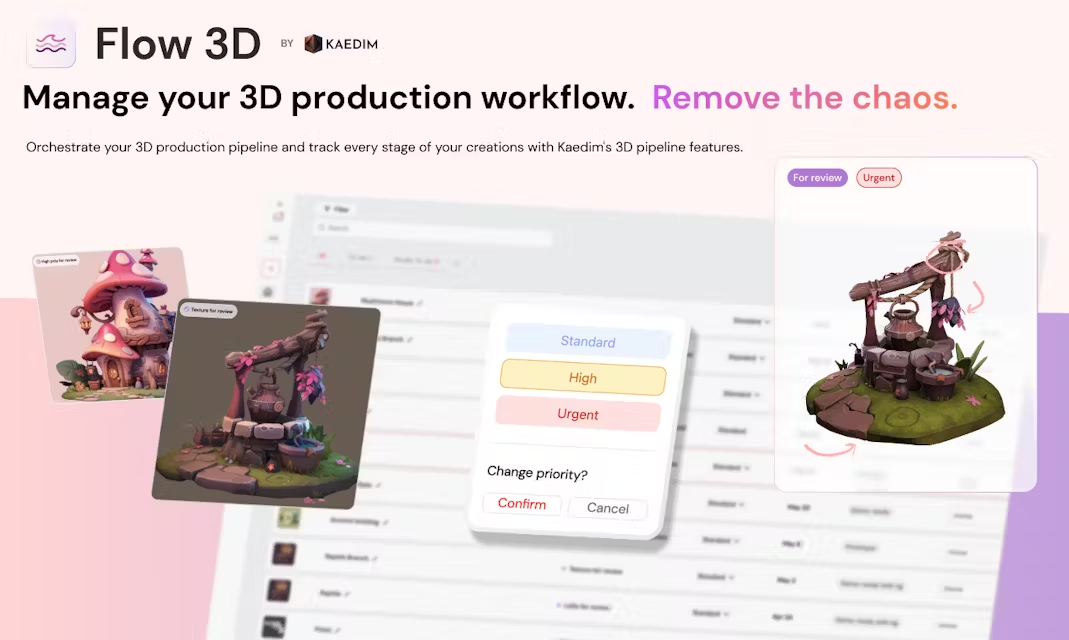
Function List
- AI-driven model generation: The core function is to use AI technology to automatically generate 3D models based on 2D images uploaded by users (e.g. conceptual drawings, photos, hand-drawn sketches).
- Support for text input: In addition to images, the platform also supports the use of textual descriptions to generate 3D models.
- Automatic texture mapping: The system not only generates the model, but also automatically creates textures for the model to make the surface look more realistic.
- UV auto-expand: AI can automate the UV unfolding step, which is to prepare the model for subsequent mapping, saving a lot of manual work time.
- Human Optimization Services: Each AI-generated model is reviewed and manually optimized by Kaedim's in-house team of 3D artists to ensure that the quality of the model meets production-grade standards.
- Multiple levels of detail (LODs): Support for generating models with different levels of detail (Levels of Detail) to facilitate use in real-time rendering environments such as games and optimize performance.
- plug-in integration: Provides plug-ins for seamless integration with major game engines and 3D software, such as Unity, Unreal Engine, Blender, and Nvidia Omniverse, allowing users to utilize Kaedim's functionality directly in their own popular software.
- Team Collaboration FunctionsA new feature of the platform called Flow 3D allows teams to manage and track the entire 3D content production process in one place, including assigning tasks, sharing updates and more.
Using Help
Kaedim3D is a straightforward-to-operate online platform that does not require any software to be installed on your local computer, just visit its website via a browser to get started. Its main goal is to simplify the 3D modeling process and free designers from repetitive technical tasks.
Basic usage flow
The whole process is very simple and can be divided into the following steps:
- Upload images: First, you need to prepare a clear 2D image. This image can be a conceptual design of a product, a sketch of a game character, or any picture that you want to convert into a 3D object. Upload this image directly on the Kaedim platform's interface. In order for the AI to better understand the image and generate an accurate model, it is recommended to upload an image with clear details and structure. If the image is blurry or has messy lines, the accuracy of the generated model will suffer.
- Setting the generation parametersThe system provides a number of options for you to set up after uploading the images. You can specify the level of detail of the generated model, the range of the number of polygons, and some other technical parameters.Kaedim also supports users to upload images from multiple viewpoints (up to six), such as front, side, and back views, which helps the AI to more accurately recreate the 3D form of an object.
- Initiate AI generationOnce the settings are complete, click the Generate button and Kaedim's AI engine will begin analyzing the image and building the 3D model. This process usually takes only a few minutes, and the AI not only builds the geometry of the model, but also automatically performs texture mapping and UV unfolding to generate a relatively complete model base.
- Manual review and optimizationOnce the AI has completed its initial generation, Kaedim's team of professional 3D artists step in. They will check and manually fine-tune the AI-generated model, fixing possible flaws, ensuring that the model is structurally sound, wired properly, and ultimately meets quality standards that can be used directly in a production environment.
- Download and import: After the model is optimized, you can preview the final result on the platform. After confirming your satisfaction, you can download the model file directly.Kaedim supports many common 3D model formats, which makes it convenient for you to import the model into Unity, Unreal Engine, Blender and other mainstream game engines and 3D software for further use.
Integration with third-party software
To make the workflow even smoother, Kaedim provides specialized plug-ins that allow you to call its functions directly from your popular 3D software.
- Blender/Unity/Unreal PluginsYou can find the download links of these plug-ins on the official Kaedim website. After installing the plug-ins, you can log in to your Kaedim account directly in the interface of these software, upload images and generate models, and then import the completed models into the current project scene with one click, eliminating the need to manually download and import steps. This greatly improves work efficiency for developers who need to create game assets in large quantities.
Advice for new users
- Start with simple objects: If you are using it for the first time, it is recommended to start trying with some objects with simpler structures, such as some props or buildings with obvious geometric shapes, so that it is easier to get satisfactory results.
- Provide high quality input charts: The quality of the input image directly determines the quality of the output model. An image with clear outlines, well-defined light and shadow, and no unnecessary background interference is the best choice.
- Make good use of multi-view uploads: For some more complex objects, providing only a front view may not allow the AI to accurately understand their complete three-dimensional structure. Trying to provide reference pictures of the object from multiple angles, such as front, side and top views, can significantly improve the accuracy of the generated model.
application scenario
- game development
During game development, a large number of 3D model assets need to be created, from characters and monsters to props and buildings in the scene. Traditional manual modeling methods are very time-consuming. With Kaedim3D, game art teams can quickly convert 2D conceptual design drawings into the basis of 3D models, and then manually refine them later, which can increase the speed of asset production by several times. This is valuable for indie game teams or large game studios that need to control budgets and development cycles. - Product Design and Prototyping
Industrial designers need to create a large number of 3D prototypes to validate design ideas in the early stage of product development. With Kaedim3D, designers can quickly convert hand-drawn product sketches into 3D models for initial form presentation and evaluation. This is much faster than CAD modeling from scratch and can accelerate the product iteration cycle. - E-commerce and advertising
For e-commerce platforms or advertising industries, there is a need to create beautiful 3D display models for products. With Kaedim3D, you can quickly generate 3D models based on the physical photos of the products, which can be used to create online 3D interactive displays or product promotional animations to enhance the visual effect of marketing materials. - Building Visualization
Architects or interior designers can upload floor plans or hand-drawn renderings of a building to Kaedim3D to quickly generate a 3D exterior outline or interior structural model of the building. This model can be used as the basis for subsequent refinement and rendering, speeding up the conversion process from concept to visualization results.
QA
- What is the quality of the models generated by Kaedim3D?
Kaedim ensures that the output models meet the industry standard of "production-ready" by combining AI auto-generation with manual optimization by professional artists. According to some reviews, for hard surface objects with clear contours (e.g., weapons, furniture), the model can reach 85-90% accuracy; for organic objects with complex forms (e.g., characters, animals), the accuracy is around 70-80%, and more manual adjustments are usually required. - Is this tool suitable for beginners with no 3D modeling experience at all?
Yes, Kaedim's user interface is intuitively designed to simplify the complexity of 3D modeling, making it easy for even beginners to get started. Users only need to upload images and make simple settings, and the platform will do most of the technical work automatically. However, the generated models may still need some tweaking in specialized 3D software, so knowing some basic 3D software operations will help in the follow-up work. - Do I need to pay to use Kaedim3D?
Yes, Kaedim is a paid tool that offers different subscription plans to meet the different needs of individual developers, teams and large studios. It also offers a pay-as-you-go option, but the subscription plans are more cost-effective for users with ongoing usage needs. The platform does not appear to offer a free trial at this time. - How long does it take to generate a model?
The whole process is very fast. the AI-generated model itself usually takes only a few minutes. However, because the process includes manual review and optimization, it may take a little longer to finally get the model, but it still saves a lot of time compared to the traditional manual modeling process. Officially, it is advertised to save 60-801 TP3T of modeling time.















